Introduction
Accidentally causing iron burns on clothing can be frustrating and disheartening. However, depending on the severity of the burn and the fabric type, there are several techniques and remedies available to help minimize or even remove iron burns. In this guide, we will explore various methods for removing iron burns from clothing, ranging from simple home remedies to professional treatments. By following these techniques and tips, you can potentially restore your clothing and salvage items that have been affected by iron burns.
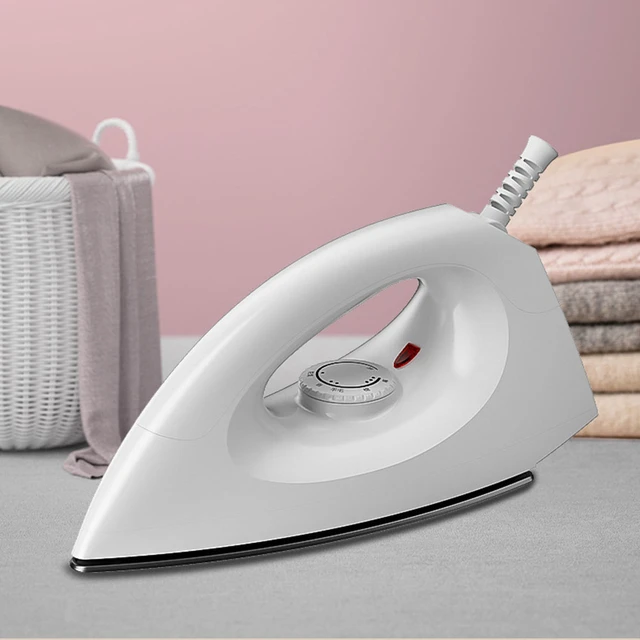
Can you remove iron burns from clothing?
Assessing the Severity of the Iron Burn
1.1. Surface-Level Burns
Surface-level iron burns are typically minor and affect only the outer layer of the fabric. They often appear as discoloration or scorch marks and can be easier to remove.
1.2. Deep Burns
Deep iron burns penetrate the fabric, resulting in holes or melted fibers.
General Precautions
2.1. Test in an Inconspicuous Area
Before attempting any treatment, test the removal method in an inconspicuous area of the garment, such as an inside seam or hem. This helps ensure that the treatment does not cause further damage or discoloration.
2.2. Act Quickly
Address iron burns as soon as possible. Prompt action can often improve the chances of successful removal, especially for surface-level burns.
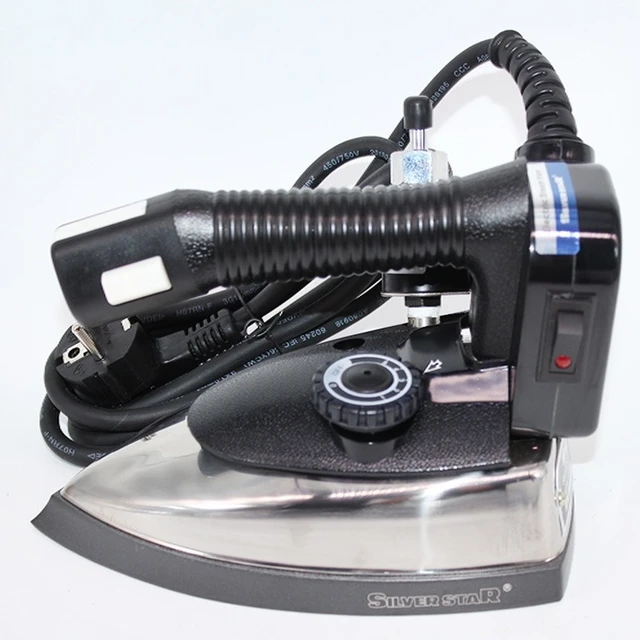
Removing Surface-Level Iron Burns
3.1. Using a Clean Cloth and Vinegar
Dampen a clean cloth with white vinegar and gently rub the area affected by the burn. Vinegar helps to break down scorch marks and discoloration. Rinse the area with cold water and repeat the process if necessary.
3.2. Lemon Juice and Salt
For small surface-level burns, mix equal parts lemon juice and salt to make a paste. Apply the paste to the burn, gently rubbing it in. Allow it to sit for a few minutes, then rinse with cold water. Repeat if needed.
3.3. Hydrogen Peroxide
Hydrogen peroxide can help lighten discoloration caused by surface-level burns. Apply a small amount of hydrogen peroxide to a clean cloth and gently dab the affected area. Rinse with cold water and repeat if necessary.
Treating Deep Iron Burns
4.1. Trimming and Patching
For severe burns that have created holes or melted the fabric, trimming the damaged area may be necessary. Once trimmed, consider patching the area with a fabric patch or appliqué that matches the original fabric.
4.2. Seeking Professional Help
For valuable or delicate garments with deep burns, it may be best to consult a professional fabric restoration specialist. They have access to advanced techniques and equipment to repair or restore damaged fabrics.
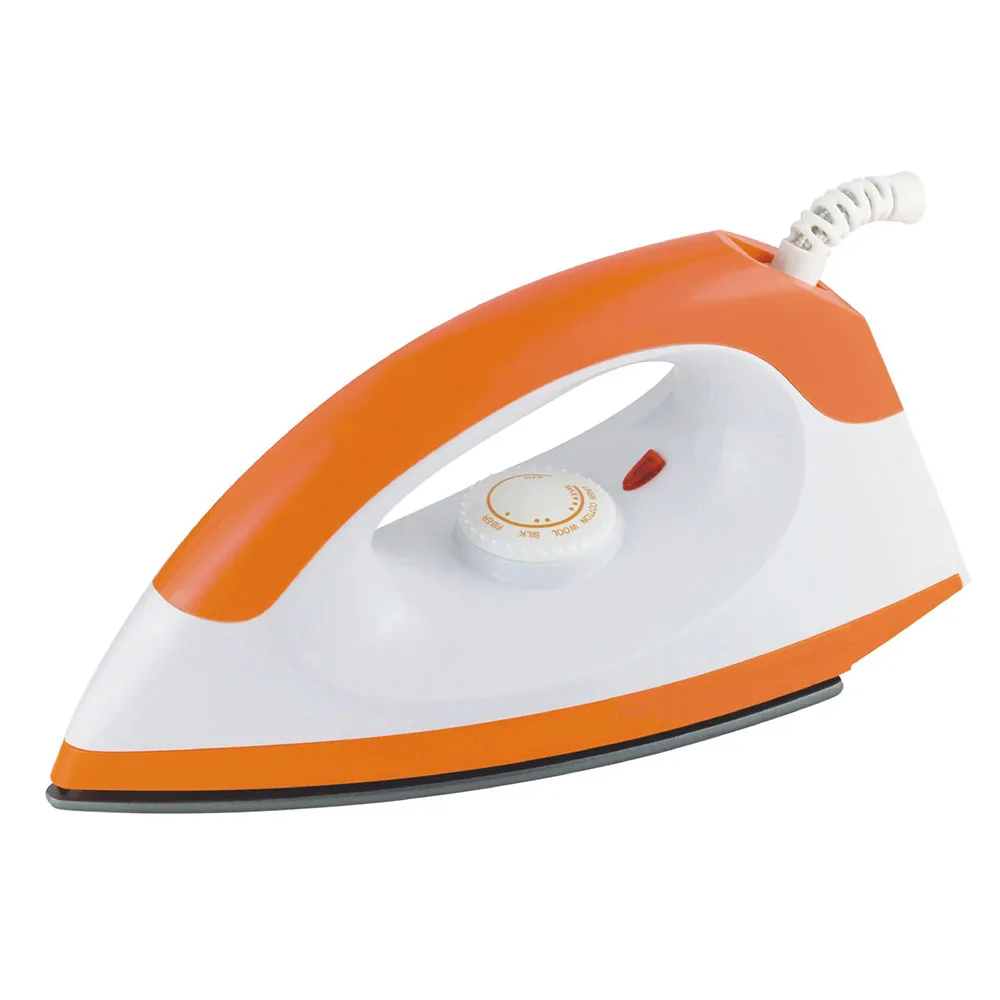
Prevention and Care
5.1. Adjusting Iron Temperature
Prevention is the best approach to avoiding iron burns. Ensure that you are using the appropriate temperature setting for the fabric being ironed. Delicate fabrics require lower heat settings to prevent scorching.
5.2. Using a Pressing Cloth
When ironing delicate or heat-sensitive fabrics, place a clean pressing cloth, such as a thin cotton cloth or muslin, between the iron and the fabric. This provides a protective barrier and helps prevent burns.
5.3. Ironing Inside Out
Ironing clothes inside out can offer an added layer of protection for delicate fabrics. This method helps reduce the direct contact between the iron and the fabric, minimizing the risk of burns or scorching.
5.4. Regular Maintenance and Cleaning
Maintaining a clean iron is crucial for preventing burns. Regularly clean the iron’s soleplate to remove any buildup or residue that could transfer onto fabrics. Follow the manufacturer’s instructions for cleaning your specific iron model.
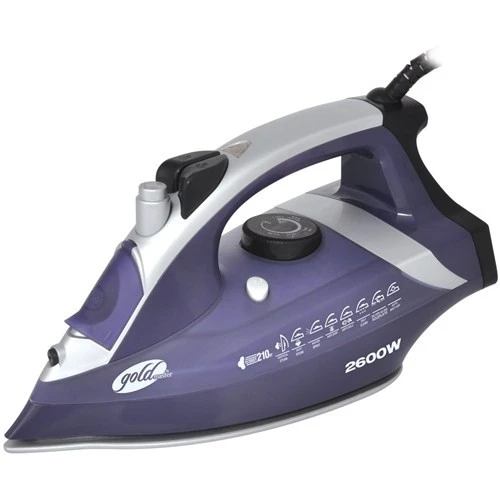
Seeking Professional Help for Deep Burns
7.1. Fabric Restoration Specialists
For valuable or delicate garments with deep burns, it is advisable to seek the expertise of a fabric restoration specialist. These professionals have extensive knowledge and experience in repairing and restoring damaged fabrics. They have access to advanced techniques and equipment that can help minimize the visibility of deep burns or repair them altogether.
7.2. Consultation and Evaluation
When consulting a fabric restoration specialist, provide them with detailed information about the burn and the fabric type. They will assess the damage and provide recommendations based on their expertise. Be prepared to discuss the garment’s value, sentimental importance, and any specific requirements or preferences you may have for the restoration process.
7.3. Restoration Techniques
Fabric restoration specialists employ a variety of techniques to repair deep burns, such as patching, reweaving, or using invisible mending methods. These techniques involve skilled craftsmanship and may require time and multiple steps to achieve the desired results. The specialist will work with you to determine the best approach based on the garment’s condition and your preferences.
Prevention and Ongoing Care
8.1. Adjusting Iron Temperature and Heat Distribution
Prevention is key to avoiding iron burns. Always adjust the iron temperature according to the fabric’s requirements. In addition, ensure that the iron distributes heat evenly and that the soleplate is clean and smooth. Periodically check the iron’s settings and conduct any necessary maintenance to avoid temperature fluctuations or hot spots that can lead to burns.
8.2. Using a Pressing Cloth or Ironing Board Cover
When ironing delicate or heat-sensitive fabrics, use a clean pressing cloth or ironing board cover as a protective barrier. These barriers help prevent direct contact between the iron and the fabric, reducing the risk of burns or scorching. Opt for a natural fabric pressing cloth, such as muslin or cotton, for best results.
8.3. Ironing Inside Out
Ironing clothes inside out can provide an additional layer of protection for delicate fabrics. By ironing the inside of the garment, the direct contact between the iron and the fabric is minimized, reducing the risk of burns or damage to the outer surface.
8.4. Regular Maintenance and Cleaning of the Iron
Maintaining a clean and well-maintained iron is crucial for preventing burns. Follow the manufacturer’s instructions for cleaning the iron’s soleplate, removing any residue or buildup that could transfer onto fabrics. Regularly inspect the iron for any signs of damage or malfunction, and promptly address any issues to ensure safe and effective ironing.
8.5. Storage and Handling
Proper storage and handling of clothes can also contribute to preventing iron burns. Store garments in a way that minimizes creasing and potential contact with hot surfaces. Avoid placing heavy objects on top of delicate fabrics or loosely folded clothes to prevent impressions or marks that may require ironing.
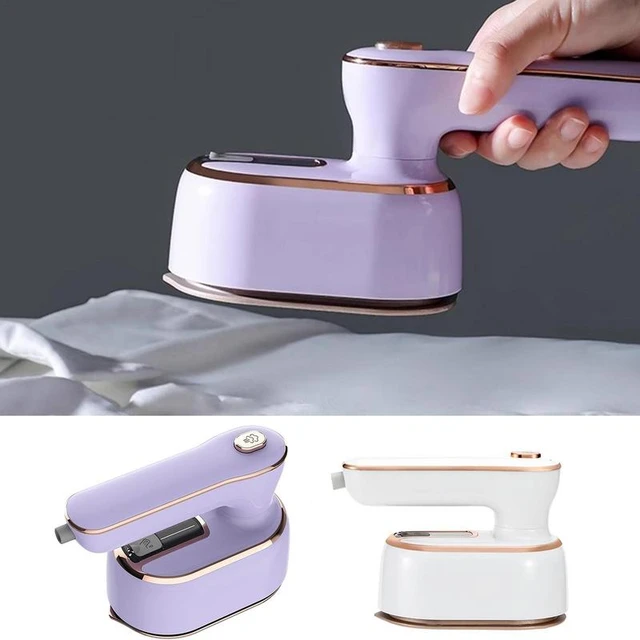
Conclusion
While iron burns on clothing can be disheartening, there are various techniques available to help remove or minimize their appearance. Taking appropriate action and addressing burns promptly can improve the chances of successful removal, particularly for surface-level burns. Home remedies such as vinegar, lemon juice, and hydrogen peroxide can be effective for treating surface-level burns. In cases of deep burns, trimming and patching damaged areas or seeking professional help may be necessary. To avoid iron burns in the future, adjust the iron temperature, use a pressing cloth, and iron delicate fabrics inside out. Regular maintenance of the iron and proactive care of your clothing can help prevent burns and prolong the lifespan of your garments. By following these techniques and precautions, you can potentially salvage clothing affected by iron burns and maintain a fresh and well-maintained wardrobe.
